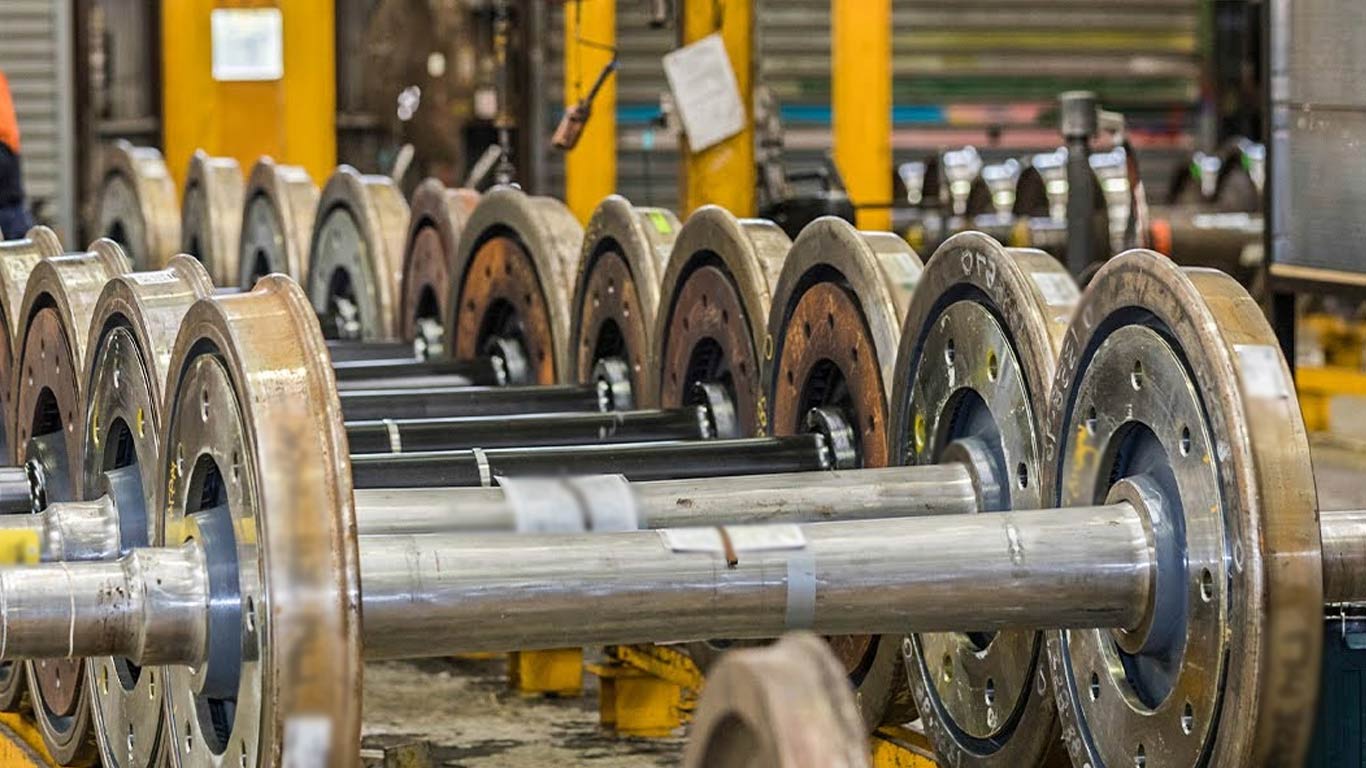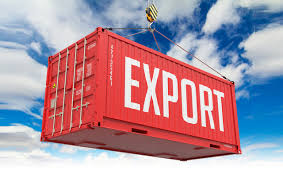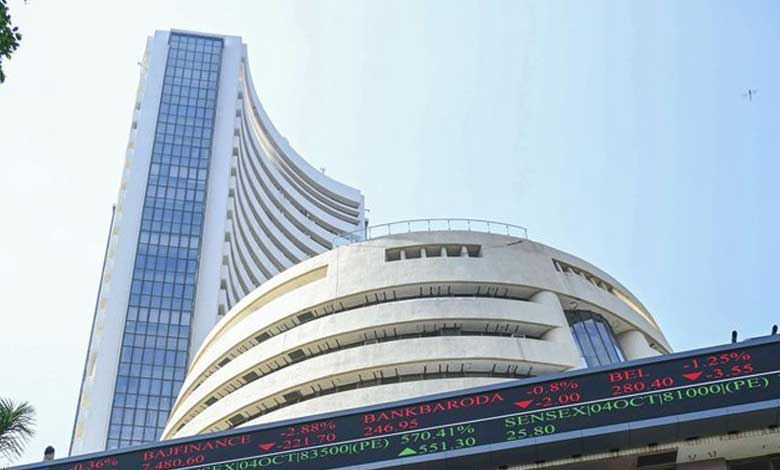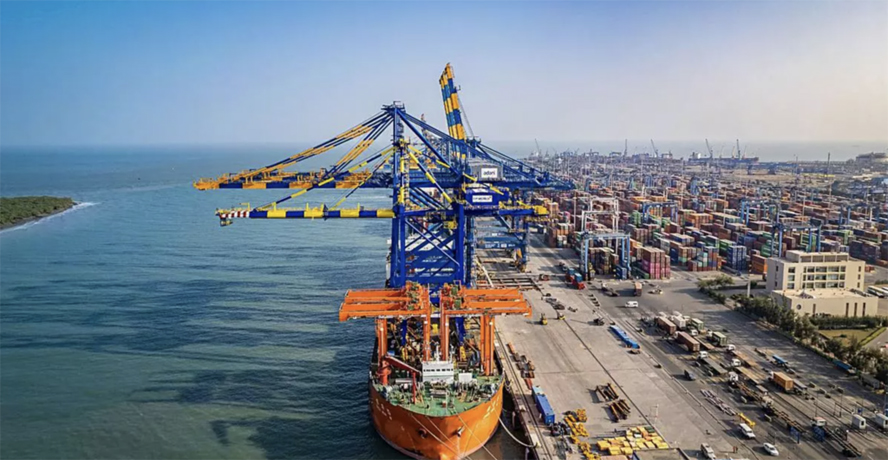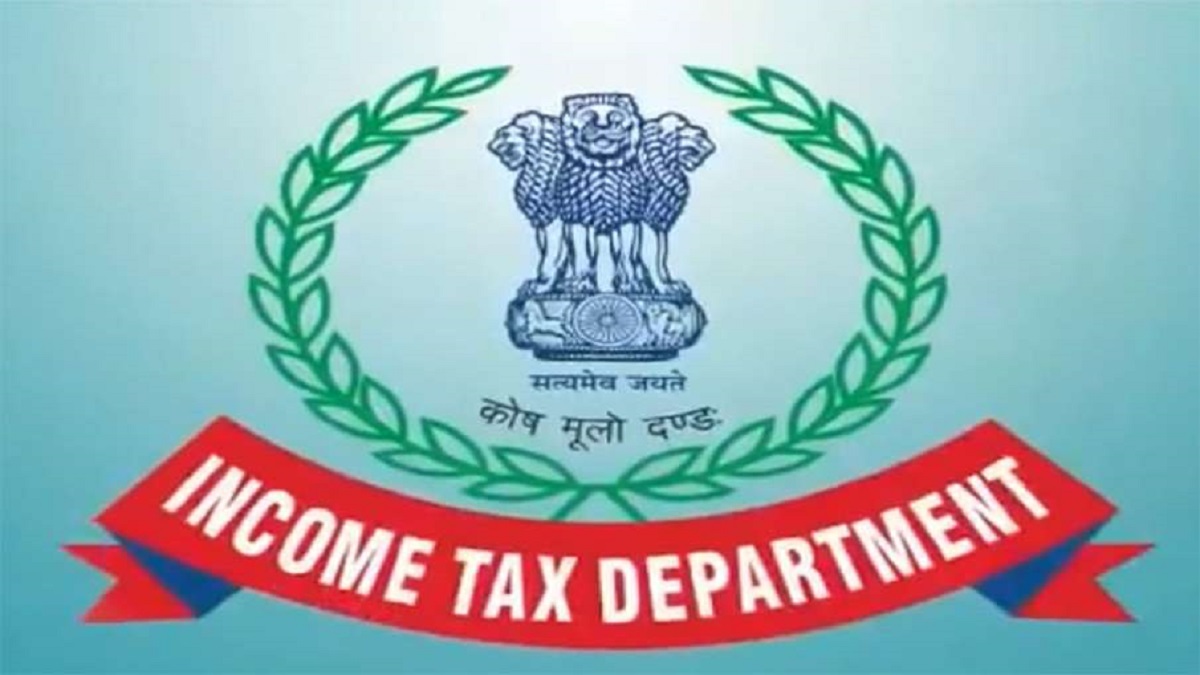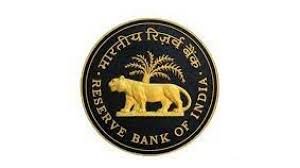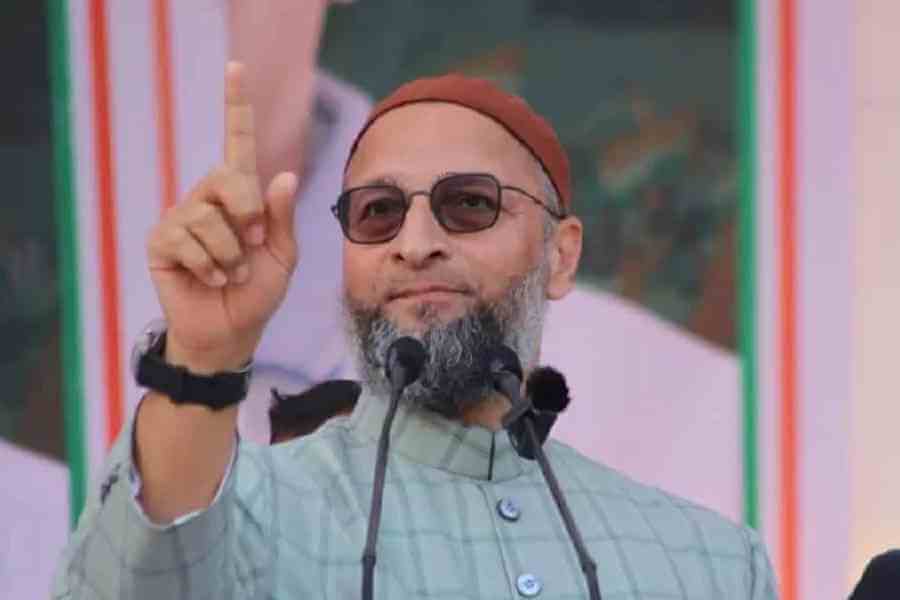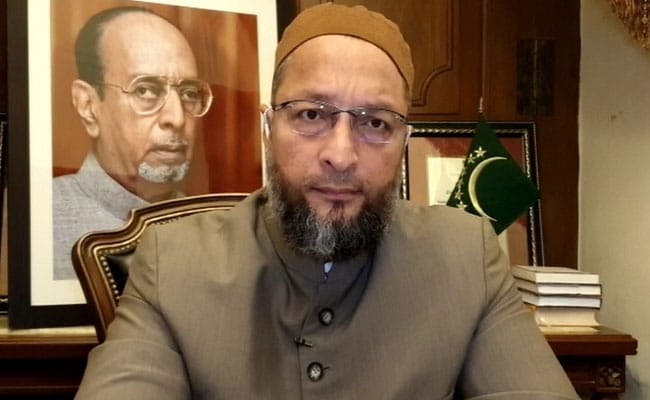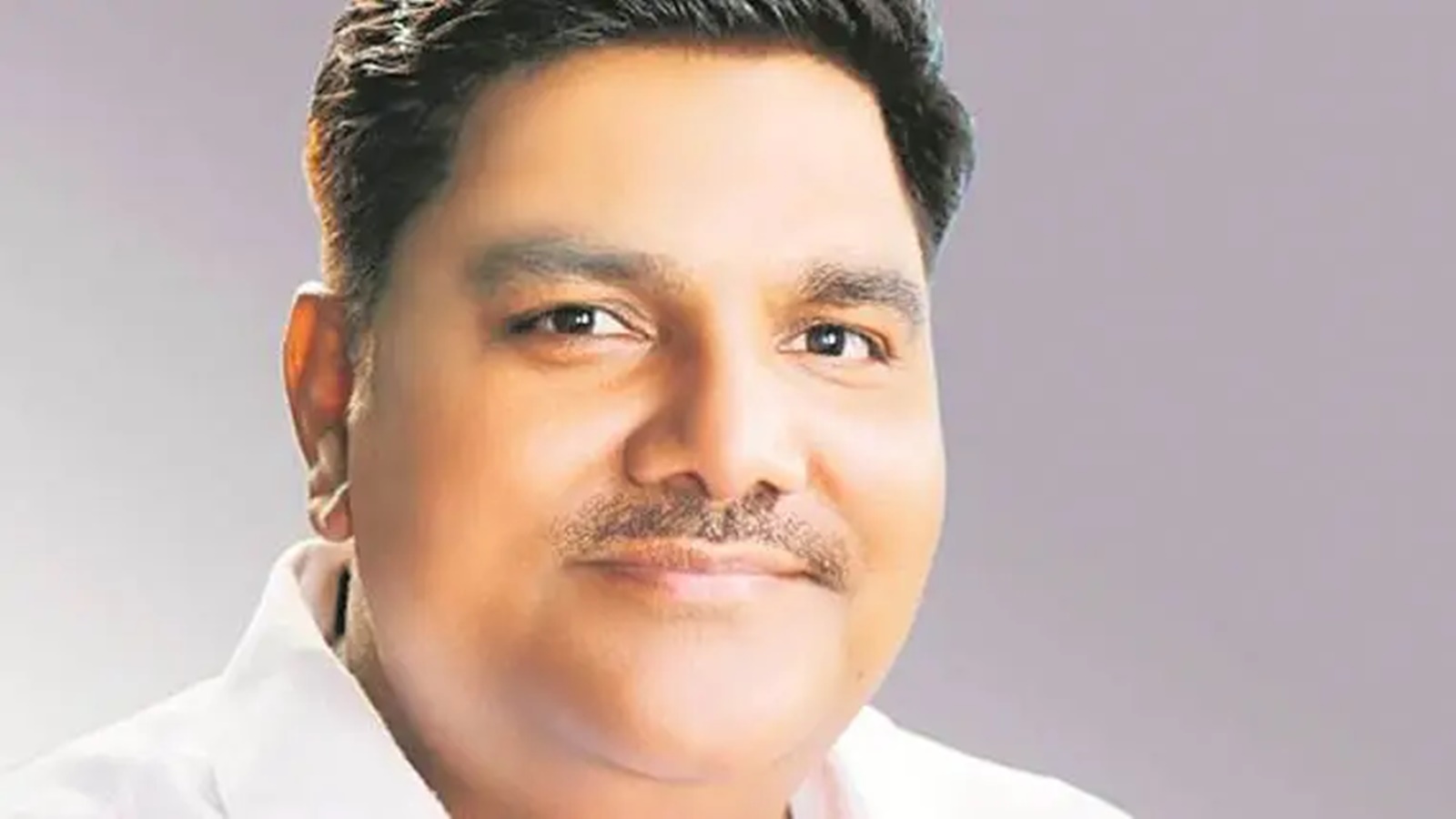Nirmala Sitharaman: Pragmatic fiscal stimulus that nudges households to spend
Mon 12 Oct 2020, 17:22:21
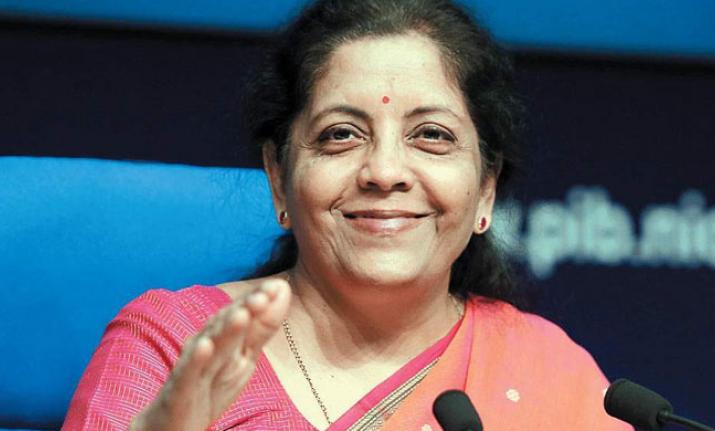
A far more confident, poised and assertive Nirmala Sitharaman looked nothing like the fumbling finance minister just a few months back when she announced the first fiscal package. The almost ₹1 trillion of spending plus infra push announced can be criticized by arguing that the government is not really spending anything much. And where is the ₹10 trillion that all the NRI economists are so fond of recommending? But if we stop being attached to seeing an actual spend from the government coffers and look at what the FM is trying to do, putting our political biases aside, then the story that emerges looks like this to me.
But first, very quickly, the package announced is this: central government and central government enterprise employees can choose to either lapse their LTA (leave travel allowance) this financial year or get the benefit in cash equal to leave encashment plus three times ticket fare. ₹10,000 worth of festival advance will be available for all central government employees. The state governments and private sector can also do the same. For an infrastructure push, a ₹12,000 crore, zero-interest, 50-year loan to the states is being given and another ₹25,000 crore as a capital expenditure boost to the existing ₹4.13 trillion already announced in Budget 2020-21 (read the details here). The value of these measures is about ₹1 trillion. The sleight of hand is that this will be spent without actually spending that much.
And now the story: India is in a very tight space with government revenues and the room to spend our way out of this crisis is very limited. India is not a hard currency country that can print its way out, the way that the US or the UK is doing. The small amount of monetization of the debt, or printing of currency, should not be used up in the beginning, but should be saved for maximum bang for the buck, especially when the avenues to spend are limited with the lockdown not fully lifted. How do you get people who can afford to spend to spend? The way out has been to try and nudge the sections of the population in government and organized sector white-collar jobs to spend. The rising stock markets, the over-subscribed IPOs, the swelling FD coffers, the payback of debts are all pointing to one part of India being flush with funds as salaries either remained stable or were not cut that much. With reduced
spending, savings have gone up for a section of Indians and the FM is trying to get this part of the population to spend.
spending, savings have gone up for a section of Indians and the FM is trying to get this part of the population to spend.
There is a pragmatism to the announcements that keeps in mind the huge bill-fudging industry in every department, both public and private, and makes it mandatory for transactions to be digital and not in cash. The money needs to be spent on a GST-compliant vendor for goods that attract 12% GST or more. This ensures that the money is actually spent on higher value goods such as gadgets, phones, white goods, vehicles and so on, the government garners GST on these sales and this also stimulates demand. When we speak of nudges and look appreciatively at the west for using these in policy, we should see a nudge in India when it happens.
What this nudge is doing is this: every eligible household will now make the calculation on whether or not it is worth letting go of the leave travel benefit or spend now to avail it. Similarly, the use of a pre-paid RuPay card to spend the festival advance (this is money that will be paid back to the employer) is a smart way to ensure that the money is actually spent and that the government will get the GST revenue on it.
The 50-year, zero-interest loan for infrastructure is a very good deal in financial terms for the states. The future value of ₹100 after 50 years at just 4% inflation is above ₹700. But the state will have to pay back just ₹100. Inflation would have eroded the value of the currency so much that the ₹100 of the future will be worth just ₹13. The catch—states have to spend it by 31 March 2021. Half the money is to be given now and then the next half after the first has been spent. It needs to be spent on infra projects, for settlement of contractor bills of ongoing projects and for asset creation.
The stock exchange pouted a piece at first when the financial improvement it had been expecting didn't come through, yet settled down very well as the declarations were processed. The longing to not agitated the financial truck excessively and spend as though every rupee matters is evident in the last line of the FM: "The present arrangement ought not cause the upcoming issue." Good monetary cleanliness or a presentation of certainty that the BJP will be in the seat of intensity for years to come.
No Comments For This Post, Be first to write a Comment.
Most viewed from Business
AIMIM News
Asaduddin Owaisi questions PM Modi's China policy
Jan 08, 2025
Owaisi slams UP over police post near Sambhal mosque
Dec 31, 2024
Owaisi hails SC order on Places of Worship Act
Dec 13, 2024
AAP Corporator Tahir Hussain joins AIMIM party
Dec 11, 2024
Latest Urdu News
Most Viewed
May 26, 2020
Which political party will win the Delhi Assembly polls to be held on Feb 5?
Latest Videos View All
Like Us
Home
About Us
Advertise With Us
All Polls
Epaper Archives
Privacy Policy
Contact Us
Download Etemaad App
© 2025 Etemaad Daily News, All Rights Reserved.


